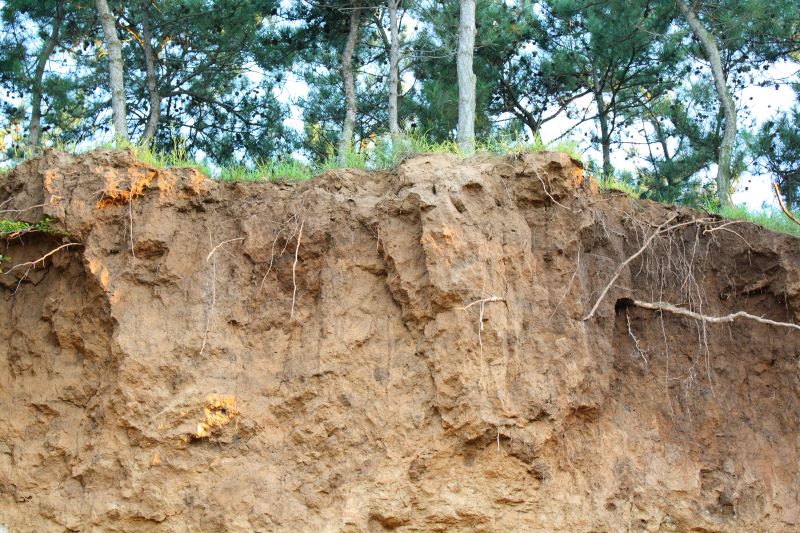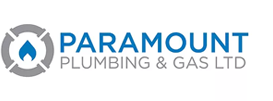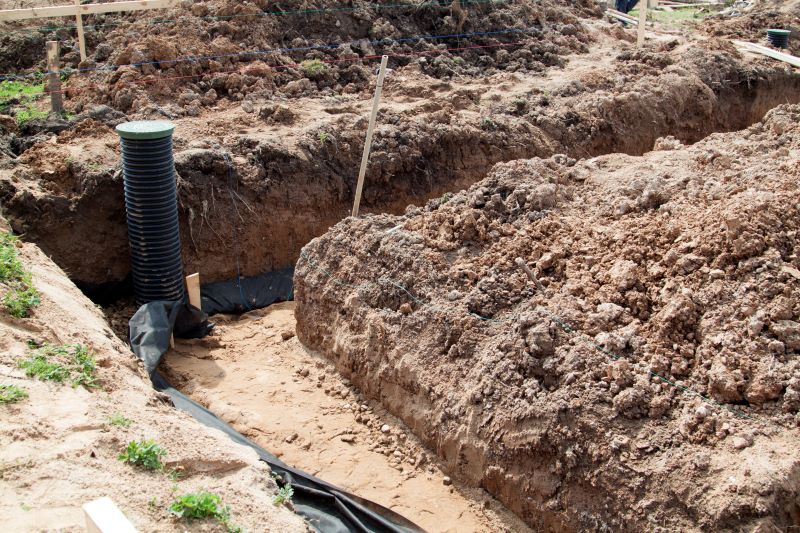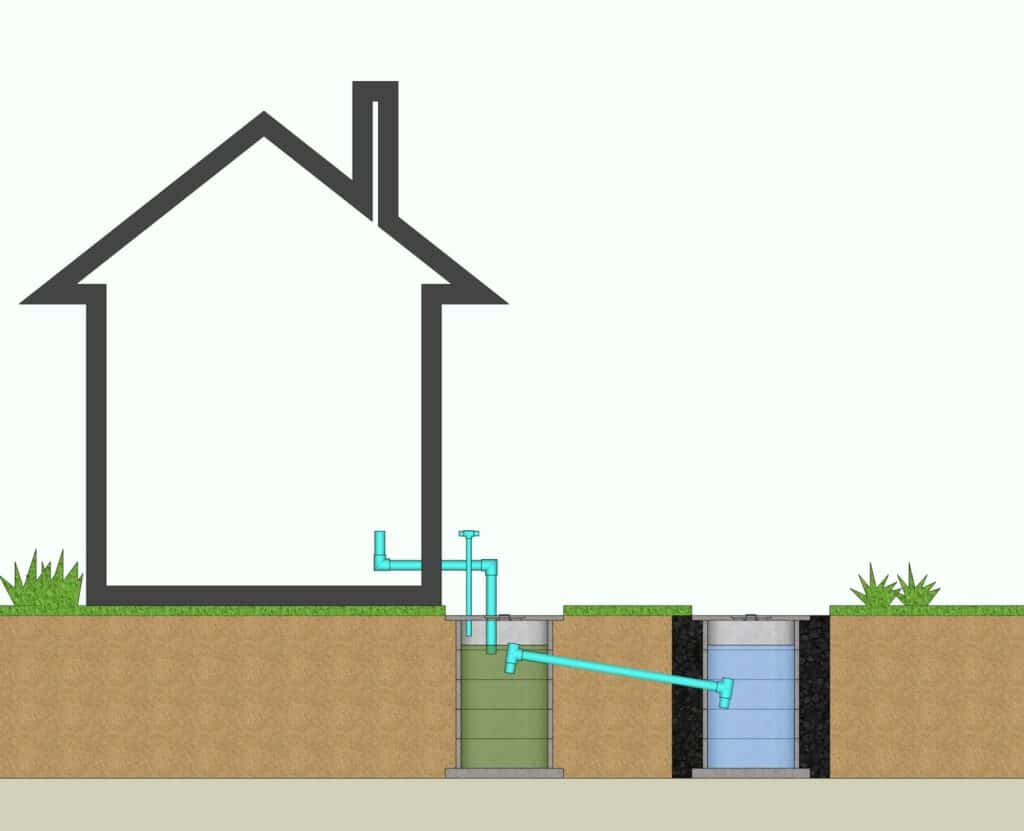As a homeowner or property manager in Johnsonville, understanding how drainage systems work and being aware of common issues can save you time, money, and headaches. At Paramount Plumbing & Gas, we’re committed to helping you understand your drainage system better. In this article, we’ll explain the basics of drainage systems, how they function, and common problems you might encounter in New Zealand’s unique environment.
How Drainage Systems Work
Drainage systems are crucial in managing excess water on your property, preventing flooding and water damage. In New Zealand, these systems are carefully designed to handle the country’s varying weather conditions and terrain. Typically, a drainage system comprises a network of pipes that collect water from various sources, such as roofs, driveways, and landscaping features.
The collected water is then channelled through these pipes, which are strategically placed to direct the flow away from buildings and structures. These pipes in urban areas like Johnsonville often connect to stormwater drains or soakage pits. Stormwater drains carry the water to nearby waterways or treatment facilities. At the same time, soakage pits allow the water to percolate into the ground, replenishing groundwater levels.
In addition to pipes, drainage systems may include other components like gutters, downspouts, and catch basins. These elements work together to efficiently manage rainwater and runoff, protecting your property from water-related issues.
Understanding how drainage systems work can help you appreciate their importance in maintaining a dry and safe environment around your home or business in Johnsonville.
If you have any concerns about your drainage system, it’s always best to consult our Paramount Plumbing & Gas team. We are a professional plumber servicing Johnsonville and can provide expert advice and assistance.
Types of Drainage Systems
There are two main types of drainage systems: surface water drainage and foul water drainage. Surface water drainage and foul water drainage.
1. Surface Water Drainage
Surface water drainage is designed to manage rainwater on surfaces such as roofs, driveways, and gardens. In New Zealand, where heavy rainfall is common, effective surface water drainage is essential to prevent flooding and water damage.
Components of Surface Water Drainage
- Gutters: Installed along the edges of roofs, gutters collect rainwater and direct it towards downspouts.
- Downspouts: Vertical pipes that carry rainwater from gutters to the ground or drainage system.
- Drainage Channels: Often used in driveways and outdoor areas, these channels collect and redirect surface water.
2. Foul Water Drainage
Foul water drainage systems are responsible for managing wastewater from sinks, toilets, showers, and appliances. Properly functioning foul water drainage is crucial for maintaining hygiene and preventing contamination.
Components of Foul Water Drainage
- Pipes: Carry wastewater from indoor plumbing fixtures to the main drainage system.
- Traps: Prevent foul odours and gases from entering buildings by trapping water to form a barrier.
- Ventilation Pipes Allow air to enter the drainage system, preventing pressure buildup and aiding in the flow of wastewater.
Importance of Proper Drainage Systems
Prevention of Water Damage: Proper drainage systems are essential for preventing water-related damage to buildings and infrastructure. Water can accumulate around foundations without adequate drainage, causing erosion, cracks, and structural damage over time.
Reduction of Waterborne Diseases: Effective drainage helps reduce the risk of waterborne diseases by preventing water stagnation. Stagnant water can become a breeding ground for mosquitoes and other insects that carry diseases such as dengue fever and malaria.
Environmental Protection: Proper drainage is crucial for protecting the environment by minimizing pollution. When rainwater is allowed to runoff freely without proper drainage, it can pick up pollutants such as chemicals, oils, and debris, and carry them into waterways, harming aquatic ecosystems.
Enhanced Landscaping: Well-designed drainage systems can also improve landscaping by preventing soil erosion and waterlogging. This is especially important in New Zealand’s hilly terrain, where erosion can be a significant issue.

Common Drainage Issues
In Johnsonville and other parts of New Zealand, drainage systems can face several common issues, including:
Blockages:
Blockages are common in drainage systems and can occur for various reasons. Foreign objects, such as leaves, debris, or even children’s toys, can find their way into the pipes, causing obstructions. Additionally, tree roots are notorious for infiltrating drainage pipes, seeking water and nutrients. These blockages can lead to slow drainage or complete blockage, resulting in water backing up and potentially causing flooding.
Pipe Damage:
Drainage pipes can sustain damage over time due to various factors. Age-related deterioration is common, especially in older properties where pipes may be made of materials prone to corrosion, such as cast iron. Tree roots can also cause damage by infiltrating pipes and causing cracks or breaks. Ground movement, such as earthquakes or soil subsidence, can also lead to pipe damage, resulting in leaks and drainage issues.
Poor Installation:
Improperly installed drainage systems are a common issue, particularly in older properties or those with DIY installations. Poor installation can lead to various problems, including improper slope or grading, which can cause water to pool or flow in the wrong direction. This can result in erosion, foundation damage, and other drainage issues.
Groundwater Seepage:
Groundwater seepage can be a significant problem in areas with high groundwater levels. This occurs when water from the surrounding soil seeps into basements, crawl spaces, or low-lying areas of a property. If left unchecked, groundwater seepage can cause dampness, mould growth, and structural damage.
Preventing Common Drainage Issues
Regular maintenance and inspection of your drainage system are essential to prevent common drainage issues. Clearing debris from gutters, installing drain guards to prevent foreign objects from entering pipes, and regular tree root inspections can help prevent blockages. Additionally, ensuring that drainage pipes are correctly installed and maintained can help prevent age-related issues, tree root intrusion, and ground movement.
If you suspect any drainage issues, it’s essential to contact a professional plumber, like Paramount Plumbing & Gas, to assess and address the problem promptly.
Preventing Drainage Issues
To avoid issues of drainage, it’s essential to:
- Regular Maintenance: Schedule regular inspections and maintenance for your drainage system to catch any issues early.
- Proper Disposal: Avoid disposing of fats, oils, and grease down drains, as they can solidify and cause blockages.
- Landscaping Considerations: Be mindful of how landscaping and planting trees can affect your drainage system.
- Professional Help: If you notice any signs of drainage issues, such as slow drainage or water pooling, contact us at Paramount Plumbing & Gas. We are professional plumbers in Johnsonville and the surrounding regions.
Conclusion: Drainage Systems In Johnsonville
Understanding how drainage systems work and being aware of common issues can help you maintain a healthy drainage system for your property in Johnsonville or the surrounding regions.
At Paramount Plumbing & Gas, we service Wellington, Porirua, Lower Hutt, Upper Hutt, Johnsonville and Karori.
We’re here to help you with all your drainage needs. If you’re experiencing drainage issues or need assistance with your drainage system, don’t hesitate to contact us for professional help.




